通信技术的不断进步,使每个人都可以随时随地进行连接。这一点在公共安全领域尤为重要。如今,移动指挥中心使应急响应、医疗人员和情报团队能够在行动发生地以及实地团队管理危急情况(从火灾、洪水和飓风到内乱和突发公共事件)的地方进行可靠、安全的连接。
那么,什么是移动指挥中心,谁在使用它们,以及它们搭载了什么样的技术?在这篇博文中,我们将介绍几种类型的移动指挥中心、它们在公共安全和应急响应中的应用案例,以及 Digi 如何利用可靠、经济高效的通信技术为它们提供支持。
什么是移动指挥中心?
移动指挥中心是一种任务关键型车辆,配备有现场事件响应设备。这种移动指挥拖车、巴士或卡车可作为中央办公室使用--配备一系列通信技术,包括卫星天线、蜂窝路由器和 Wi-Fi 连接,以确保连接性--以及视频屏幕、台式机、笔记本电脑和外围设备。这种车辆通常用作应急小组之间的通信中心枢纽,以管理现场医疗、消防和救援紧急情况,以及政府情报和军事行动。
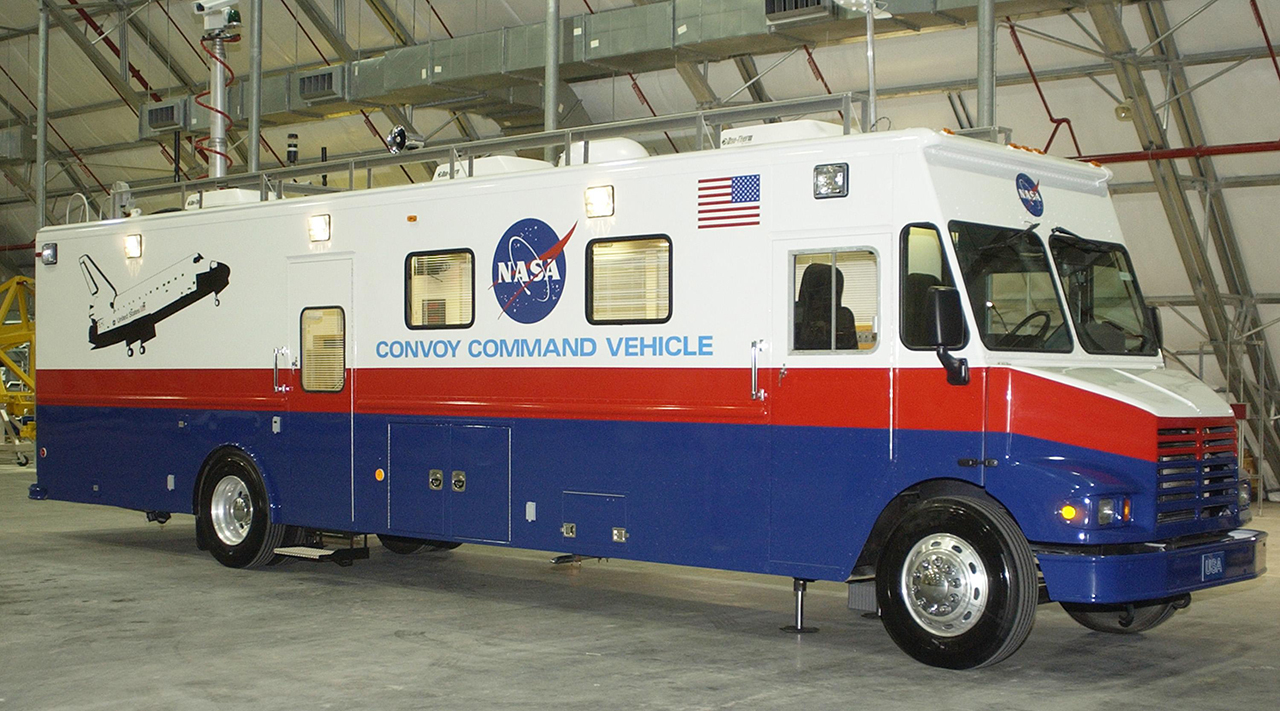
图片来源:NASA,公共领域,通过维基共享资源
移动指挥中心的 6 大优势
移动指挥中心可用于各种不同的情况,需要快速反应、信息获取、现场视频流或卫星录像等视觉效果,以及与地面团队的互动交流。这意味着它们必须在中心内配备各种支持设备、视频和通信功能。
以下是移动指挥中心的六大优势:
快速反应:当灾难来临时,第一反应人员知道时间就是敌人。只要生命受到威胁,尤其是在瞬息万变的情况下,快速应对情况并保持通信畅通至关重要。移动指挥中心可直接快速抵达现场,或在安全允许的情况下尽可能靠近突发事件的中心,有助于确保快速、有效地应对突发事件。
通信枢纽:移动指挥中心不仅是所有医疗设备、军事装备或犯罪调查资源的中心枢纽,也是连接和信息传递的核心。通过卫星、Wi-Fi 和蜂窝网络连接的接入点,移动指挥中心可利用Digi TX 解决方案等移动接入路由器实现快速可靠的通信。
位于现场:从灾难响应到情况管理和犯罪预防,移动指挥中心都可以设在现场--任何需要通信的地方,以管理事故响应人员。移动装置可以到达现场,充当通信和行动的中心枢纽,使第一反应人员有能力到达灾难现场,并保持信息畅通,使反应团队装备齐全、信息灵通。
卫星连接:自然灾害需要一系列通信,有时需要跨越很远的距离。这些地点可能非常偏远,或者电力线可能中断,给连接和通信带来挑战。自然灾害通常还需要通过卫星了解灾害现场的情况,如野火、森林火灾或火山。移动指挥中心配备有发电机和卫星天线,以保证电力供应,从而与应急小组甚至该地区的其他单位保持联系。Digi Safe™包括快速、可靠的移动接入路由器,可支持移动指挥中心的各种连接需求。
急救人员网络:在紧急情况下,通信网络可能会被来自急救人员、市政当局和普通市民的各种通信所堵塞。FirstNet® 、Verizon Frontline 和 T-Mobile T-Priority 等第一响应者网络可提供支持关键任务通信的可靠网络,确保第一响应者能够始终保持连接和通信。
可根据各种使用情况进行定制:每个移动指挥中心都可根据预期目的进行定制,无论是准备应对野火、洪水、飓风或其他自然灾害,还是应对暴乱或大规模化学品泄漏等大规模突发公共事件,抑或是需要医疗或警务响应的局部事件。所需的功能可包括管理医疗、危险材料和天气灾害的设备,以及监视设备、跟踪天气系统的可视设备和与应急小组保持联系的通信设备。
移动指挥中心车辆示例
移动指挥中心车辆配有车载计算机、路由选择和通信设备,可与调度中心、应急小组和医院进行协调,从而缩短响应时间,并在许多情况下提供重要的通信连接。
警察移动指挥中心
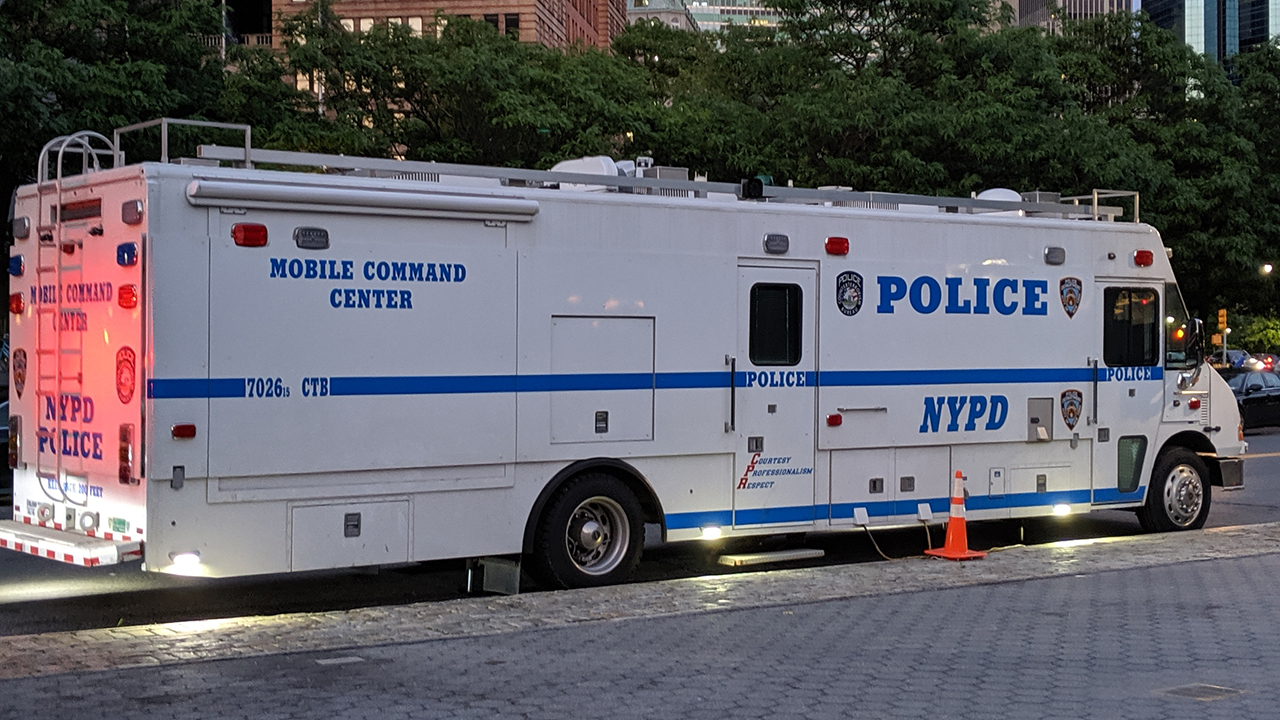
图片来源:CyprianLatewood, CC BY-SA 4.0, viaWikimedia Commons
警方移动指挥中心可让各小组在犯罪现场展开行动。在了解情况和应对公共突发事件时,快速反应和可靠、安全的通信至关重要。除了管理与应急小组的通信外,指挥车还可用作行动中心,配备有白板和电视的私人会议室可用于快速简报和规划会议。
移动作业指挥中心--灾难响应
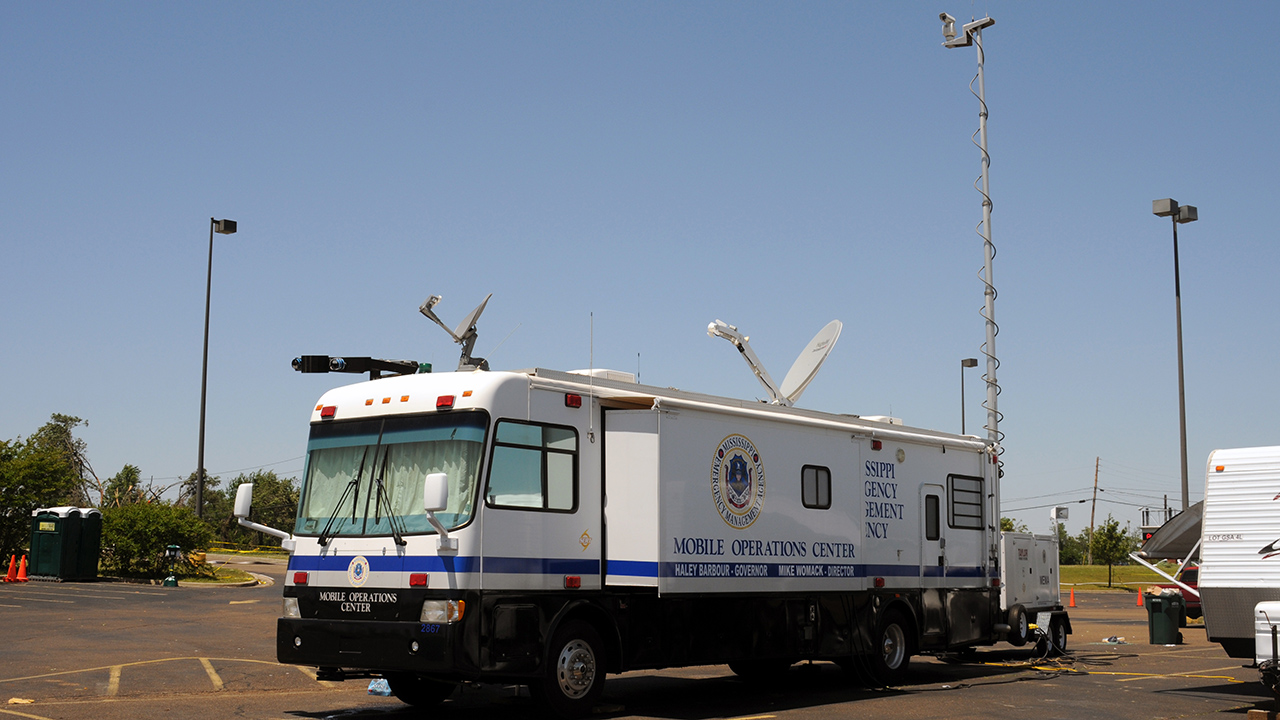
图片来源:乔治-阿姆斯特朗,公共领域,通过维基共享资源
这种设备也被称为移动应急中心,提供应急通信,有助于在各种紧急情况下更好地控制危急情况。这些设备专为快速灾害管理而设计,由联邦紧急事务管理局等联邦机构和地方政府管理,通常在自然灾害发生后驻扎在现场,也可被派去管理疾病爆发和其他突发公共事件。这些小分队配备了评估情况、快速沟通和拯救生命所需的技术和医疗设备。
消防和救援移动指挥中心

图片来源:Seluryar from Akron Ohio, USA, CC BY-SA 2.0, viaWikimedia Commons
这些设备既可用于应对火灾,也可用于应对危险材料,从野火到核灾难、发电厂突发事件、爆炸和化学品泄漏,都可以调动这些设备。这些车辆可以装备成移动实验室,对物质进行测试和分析,以便快速检测,使消防人员能够做出适当的反应。
军事移动指挥中心
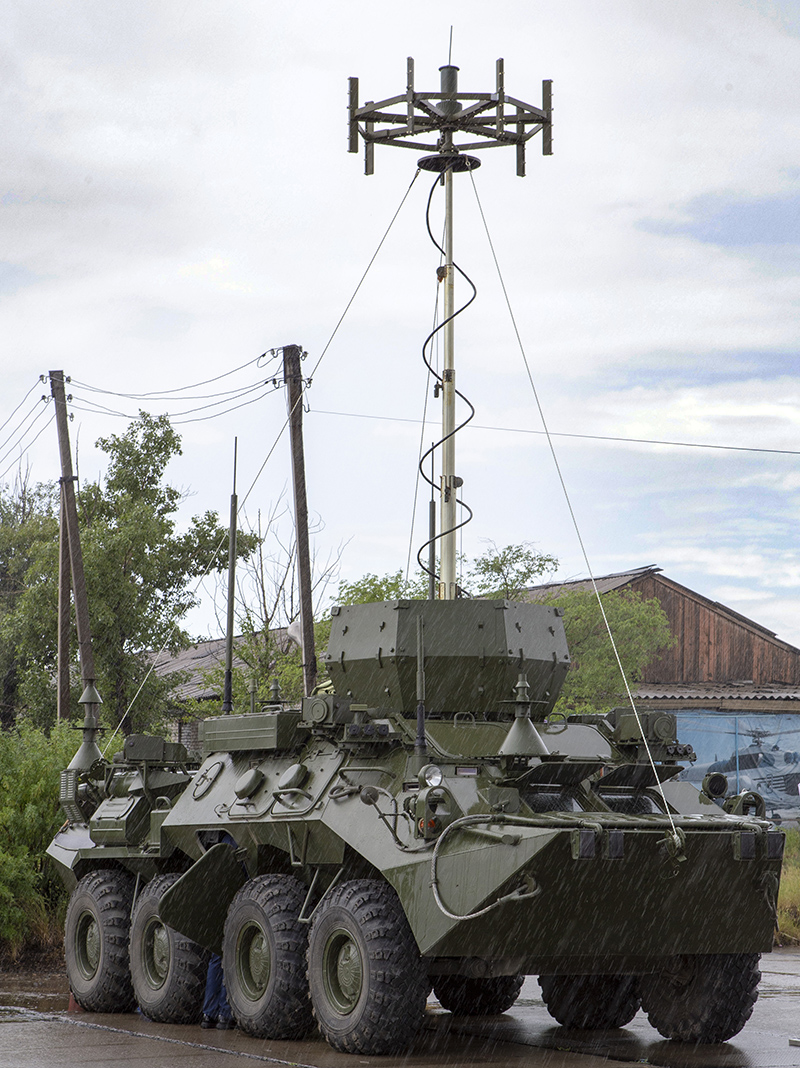 军事机动指挥中心提供 独立、自给自足的空间 为操作设备、执行监视和支持地面通讯小组的人员提供支持。
军事机动指挥中心提供 独立、自给自足的空间 为操作设备、执行监视和支持地面通讯小组的人员提供支持。
这些设备配备了安全通信和实时视频显示功能,可从卫星、飞机和军事小组传输数据流。它们支持关键任务情报,并可从任何地点管理战术行动。
军事机动指挥中心还可将情报分发到地方一级和联邦一级的小组,如中央军事情报中心或总司令。
图片来源:盖蒂图片社
移动指挥中心内部
应急小组必须配备适当的技术来保持联系,因为通信对于任何紧急事件都至关重要。对于管理洪水和飓风等现场紧急事件的远程和移动响应团队来说,尤其如此,因为在这些地方,基础设施遭到破坏,连接可能很稀疏。这些车辆必须配备卫星和蜂窝电话以及最先进的天线和接收系统,以确保与计算机、无线电和视频设备的可靠连接。
我们的图表展示了典型移动指挥中心的一些关键技术和连接,以及 Digi 的 5G 移动蜂窝运输解决方案所发挥的作用。Digi TX 蜂窝路由器坚固耐用、安全可靠,专为具有挑战性的运输和移动环境而设计。支持持续连接和定位服务的内置技术包括广域网绑定 (也称为广域网聚合),以确保通过最佳链路进行连接;Wi-Fi 6 双频(2.4 GHz 和 5 GHz)并发 2 x 2 MIMO 操作;以及用于高精度定位的无绳惯性导航 (UDR)。
此外,Digi TX 路由器还通过了FIPS-140-2认证,为美国政府的加密模块提供所需的关键安全性。
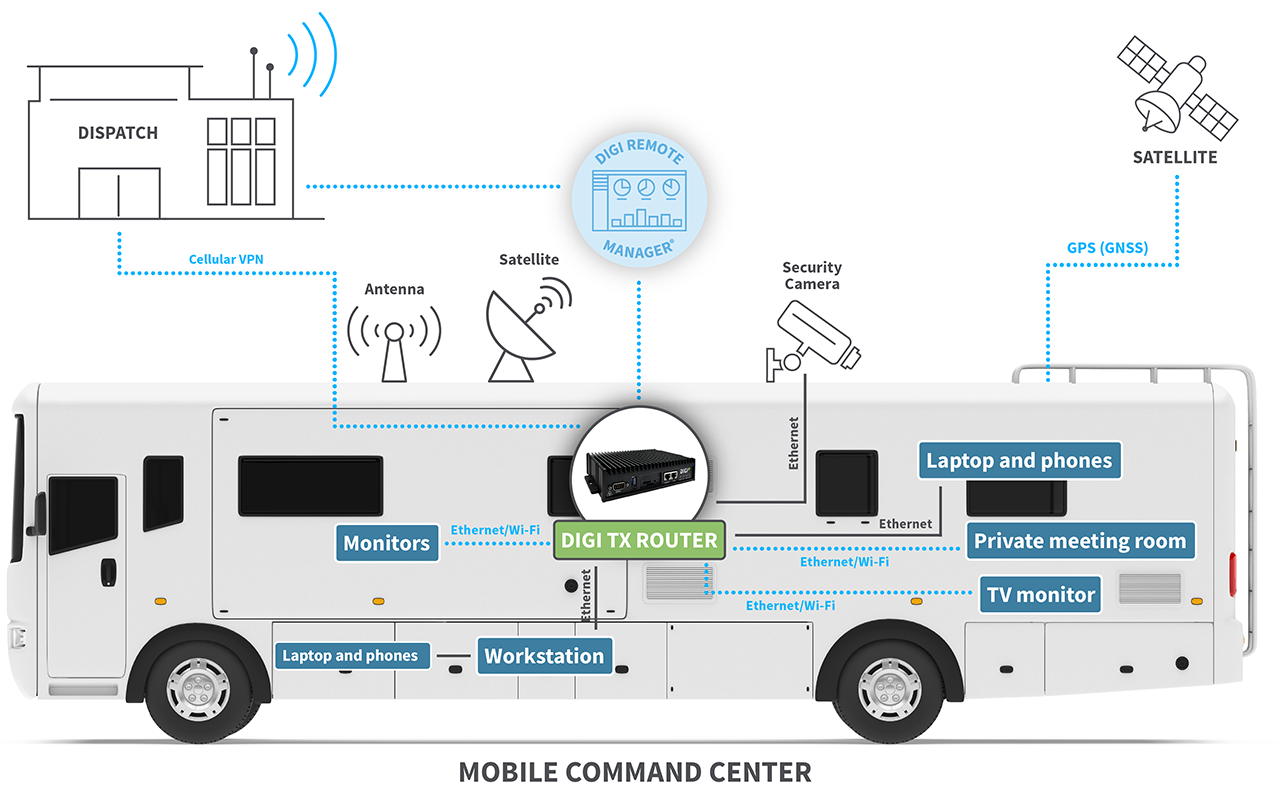 包括 Digi SAFE™路由器采用坚固耐用的硬件,可承受剧烈振动和极端天气 - 移动指挥中心将配备适当的远程设备。路由器位于船只的中心位置,可轻松连接整个移动指挥单元。Digi SAFE 的核心是 Digi 远程管理器 -Digi Remote Manager 使 IT 团队能够监控、管理和更新现场设备,使远程位置的设备保持连接。
包括 Digi SAFE™路由器采用坚固耐用的硬件,可承受剧烈振动和极端天气 - 移动指挥中心将配备适当的远程设备。路由器位于船只的中心位置,可轻松连接整个移动指挥单元。Digi SAFE 的核心是 Digi 远程管理器 -Digi Remote Manager 使 IT 团队能够监控、管理和更新现场设备,使远程位置的设备保持连接。
装备移动指挥中心
Digi 提供完整的端到端解决方案,可实现快速、经济高效的集成和部署。
下一步工作